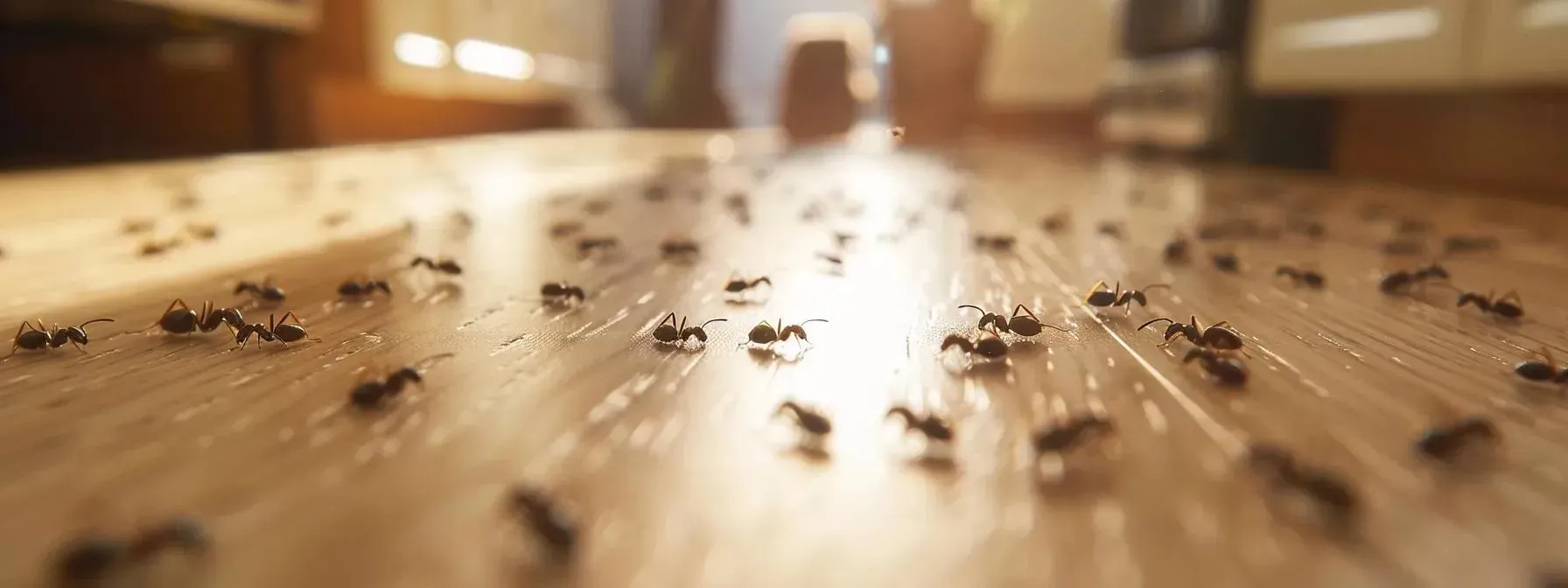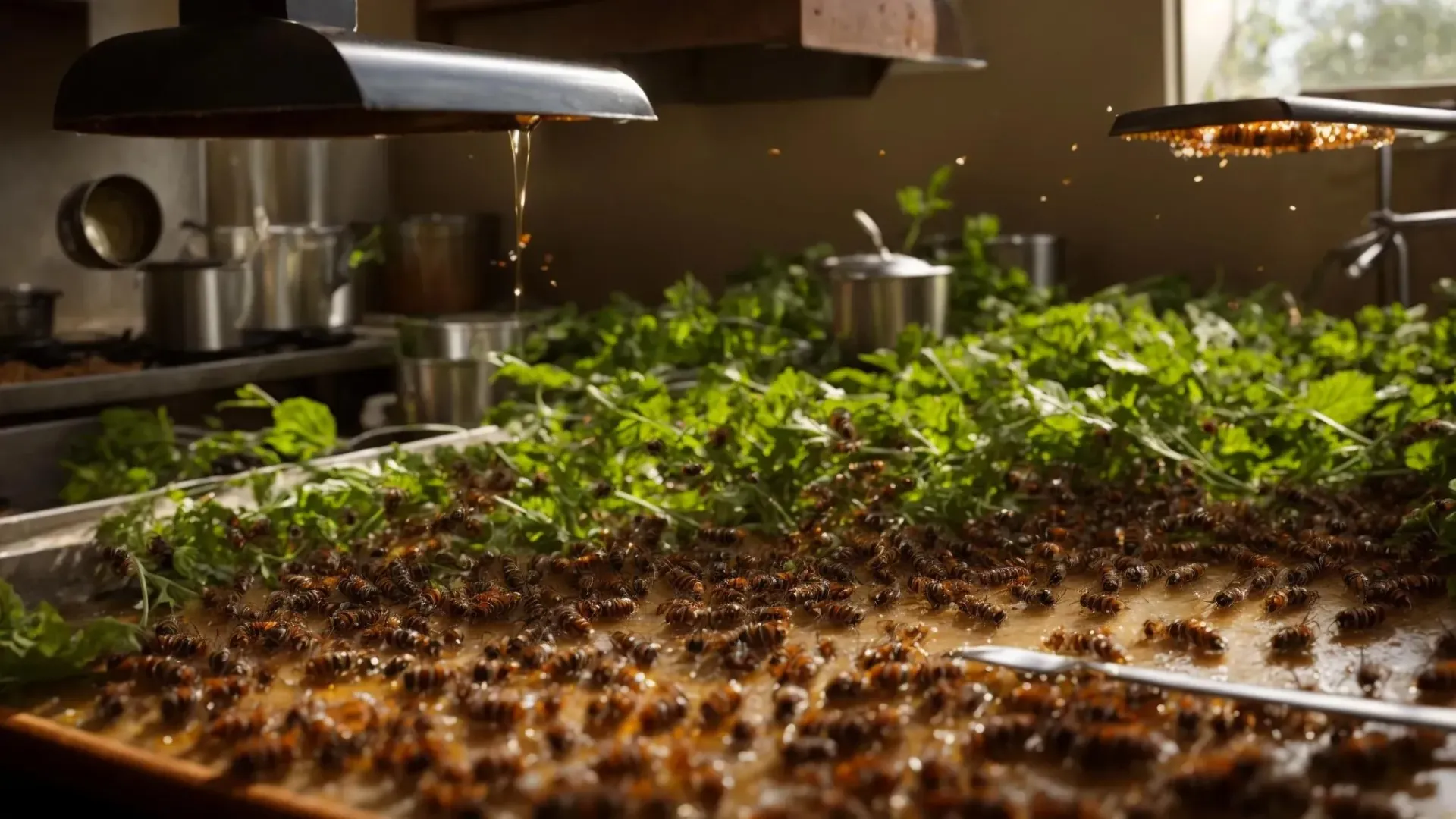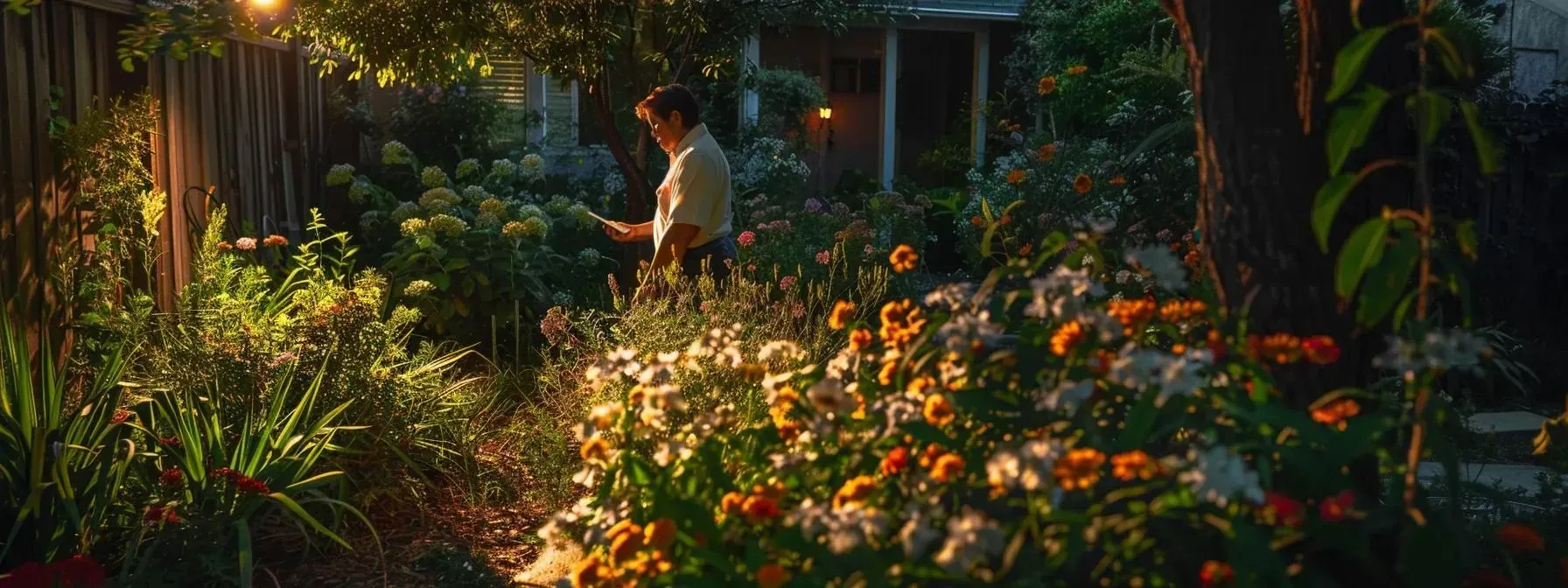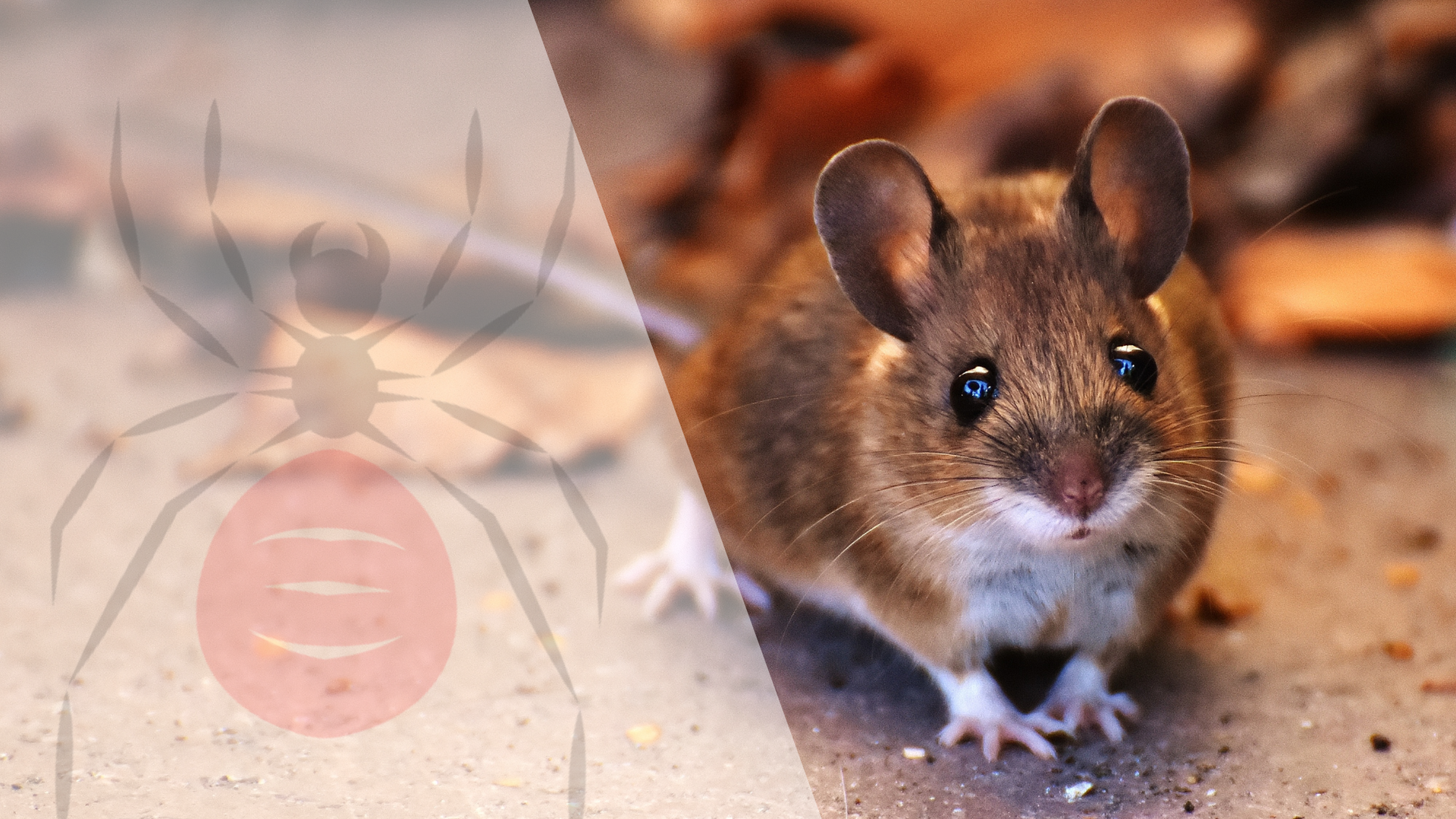Comprehensive Guide to Identifying Common Household Pests
Written by

Household pests can create serious disruptions, with common nuisances such as the recluse spider and boxelder bug causing more than just annoyance. Identifying these pests is the first step to effective pest management and helps homeowners maintain a safe and comfortable living environment. This guide will detail signs of infestation, strategies for effective identification, and long-term monitoring techniques to resolve pest management issues in your home and lawn. By understanding these key points, readers will learn to recognize and address pest problems before they escalate. how to identify common household pests
Key Takeaways
- Early identification of pests ensures timely intervention and effective management strategies
- Different pests pose unique threats to health and property, necessitating specialized approaches
- Maintaining a pest journal aids in recognizing patterns and signs of infestation
- Monitoring humidity levels can prevent conditions favorable to pest infestations
- Consulting professionals enhances understanding and management of potential pest issues effectively
Understanding Common Household Pests

Understanding common household pests is essential for maintaining a healthy living environment. These unwanted visitors can trigger allergies and create discomfort for residents. Recognizing their signs of infestation early on allows individuals to seek help from a reputable pest control company for effective management.
Different pests can invade homes in Kansas and pose various threats to personal health and property. For instance, rodents, insects, and even bed bugs can disrupt daily life, leading to stress and potential health risks. Effective pest management strategies often require a free estimate from professionals who specialize in pest control, helping homeowners address specific concerns.
Household pests can also impact nearby crops, highlighting the interconnectedness of residential ecosystems. Not only do they threaten structures, but they can also affect local agriculture and landscaping. It is crucial to approach pest control as a comprehensive effort that considers both immediate problems and broader environmental interactions.
Now that pests are clear, it is time to recognize their signs. Understanding these indicators can help keep a home safe and sound. For more details on what signs to be aware of, see signs of a cockroach infestation in New Jersey.
Signs of Pest Infestation

Identifying signs of pest infestation is crucial for timely intervention and to resolve pest management. Common indicators include droppings, gnaw marks, and unusual noises within the habitat. In North America, specific pests such as mites and rodents may leave behind distinctive evidence of their presence.
Another telltale sign involves damage to stored grain, which suggests an infestation by weevils or similar pests. Homeowners should closely examine food packages for small holes or webbing, as this can indicate the need for pest control services. An infested area can quickly lead to broader issues affecting overall health and safety.
Monitoring for any unexplained bite marks or itching sensations can help identify potential bed bug activity. Services in entomology aim to educate homeowners on the specific signs to watch for, enabling early detection and effective elimination strategies. Being proactive in recognizing these signs can significantly reduce the risk of severe infestations:
| Signs of Infestation | Common Pests | Actions to Take |
|---|---|---|
| Droppings | Rodents, Cockroaches | Contact Pest Control |
| Damage to Grain | Weevils, Moths | Examine food storage and discard infested items |
| Bite Marks | Bed Bugs | Seek professional pest inspection |
Pests can hide well, their presence often masked by clever habits. Identifying them brings clarity, revealing the most common culprits lurking in the shadows of homes. For more information on how to identify and control these pests, visit our pest guide.
Detailed Identification of Common Household Pests

Identifying various household pests is crucial for effective management. This section will focus on recognizing the trails left by ants, distinguishing between cockroach species, spotting bed bugs and their bites, and identifying termite damage. Additionally, understanding how to identify rodents through droppings and nests will be discussed, providing actionable insights for maintaining a pest-free environment, particularly in areas such as bathrooms where pests may thrive.
Identifying Ants and Their Trails
Identifying ants and their trails is essential for managing an infestation effectively. Typically seen in kitchens or basements, ants leave pheromone trails that guide other ants to food sources. Homeowners should look for these trails, which often lead to food items, as well as consider placing appropriate bait to reduce the population. Additionally, recognizing the presence of ants can help prevent potential issues with other pests like fleas or rodents, which might be drawn to the same food sources.
- Observe pheromone trails leading to food.
- Check for signs of nesting in moist areas.
- Use bait strategically to control the ant population.
Distinguishing Cockroaches by Species
Cockroaches belong to various species, each possessing unique characteristics that aid in their identification. For instance, the American cockroach is larger and exhibits a reddish-brown color, while the German cockroach is smaller and often carries a lighter hue. Knowing these distinctions is critical, as some species can produce allergens that lead to health issues, drawing attention to the need for effective pest management strategies, including the potential use of biological controls like nematodes. Recognizing specific cockroach types can also help homeowners understand the potential for developing secondary pest issues, such as aphids or even stinging pests like yellowjackets, which may invade homes seeking food sources.
Recognizing Bed Bugs and Their Bites
Recognizing bed bugs and their bites is essential for prompt action against these pests. Bed bugs are small, flat, and reddish-brown insects that excel at hiding in furniture seams, mattress crevices, and baseboards. Their bites may appear as small, red welts, often in a linear pattern on the skin, and can lead to discomfort and itching, prompting a need for effective pest control measures, such as the application of diatomaceous earth to disrupt their lifecycle.
- Identify bed bugs by their small size and distinctive color.
- Look for bite marks on exposed skin, often clustered or in a line.
- Inspect bedding and furniture for signs of infestation.
Spotting Termites and Their Damage
Spotting termites and their damage requires vigilant observation, as these pests can silently compromise structural integrity. Homeowners should look for frass, a powdery waste resembling sawdust, which indicates active tunneling within wooden structures. Additionally, signs such as hollowed wood and discarded wings near potential nests can help identify termite presence, underscoring the need for prompt intervention to prevent extensive damage to homes and property.
Identifying Rodents Through Droppings and Nests
Identifying rodents through their droppings and nests is critical for effective pest management in residential spaces. Rodent droppings are typically small, dark, and pellet-shaped, often found near food sources, such as grains or herbs stored in the kitchen, highlighting potential threats to health and agriculture-related items. Nesting materials, like shredded paper or fabric, may also be located in hidden corners or near houseplants, indicating an active rodent presence that requires immediate attention to prevent further damage to property and landscape integrity.
Understanding the common pests in homes lays the groundwork for tackling them effectively. Next, it is essential to consider where these pests prefer to live, as their habits reveal much about their behavior and how to manage them.
Habitat Preferences of Various Pests

Common indoor locations for pests include areas with moisture or food sources, such as kitchens and basements. Outdoor surroundings that attract pests can vary, often featuring mud, leaves, and gardens that harbor species like the fall armyworm. This section will discuss the habitat preferences of various pests, including honey bees, spider mites, and their impacts on residential areas.
Common Indoor Locations for Pests
Common indoor locations for pests often include areas where food and moisture are readily available. For example, the oriental cockroach typically thrives in kitchens and bathrooms, favoring damp corners and dark spaces, while woodlice may be found in humid areas like basements or under sinks. Additionally, the red imported fire ant can unexpectedly invade homes, creating tunnels within potted plants and perimeter walls, posing potential health risks due to their ability to spread disease when they infest residential spaces.
Outdoor Surroundings That Attract Pests
Outdoor environments play a significant role in attracting various pests, including slugs, springtails, and moths. These pests often thrive in areas with abundant moisture, organic debris, and lush vegetation, making gardens and flower beds prime targets. Homeowners can mitigate these risks by ensuring proper drainage and sealing entry points with caulk to create a barrier against pest intrusions. Additionally, using pesticide treatments can effectively control populations in vulnerable outdoor areas, reducing the likelihood of these pests migrating indoors and disrupting daily life.
Knowing where pests thrive helps in understanding their habits. Identifying these unwelcome visitors is the next step in taking control.
Effective Strategies for Pest Identification

Effective strategies for pest identification enhance homeowners' ability to recognize and address common household species. Utilizing visual resources can aid in accurate identification of pests found in wood, carpets, and shrubs. Keeping a pest journal for observation helps track patterns, while consulting professional services ensures thorough assessments of infestations related to dust and other environmental factors.
Utilizing Visual Resources for Accurate Identification
Utilizing visual resources is an effective strategy for identifying common household pests, as they provide clear examples of various species, including the brown marmorated stink bug, drugstore beetle, and millipede. Homeowners can benefit from reference guides, online databases, or local extension services that offer visuals to facilitate quick and accurate pest identification during inspection. Knowing how to differentiate these pests not only aids in immediate management but also informs preventative measures, reducing the likelihood of re-infestation.
| Pest Type | Visual Identification Tips | Common Habitats |
|---|---|---|
| Brown Marmorated Stink Bug | Look for a shield-like shape with brown and green hues | Commonly found in gardens and near outdoor lights |
| Drugstore Beetles | Identified by its cylindrical body and grooved surface | Often seen in stored food and dry goods |
| Millepede | Long,segmented body with many legs, often curled when disturbed | Prefers moist environments, usually found in mulch or damp soil |
Keeping a Pest Journal for Observation
Maintaining a pest journal can significantly enhance homeowners' ability to identify issues related to pests such as the American cockroach, earwig, weevil, and termite. By recording observations about sightings, damage, and activity patterns in areas like the pantry, individuals can detect early signs of infestations, enabling timely intervention. This proactive approach not only facilitates accurate identification but also informs effective pest management strategies that can minimize the risks to health and property.
Consulting Professional Services for Identification
Consulting professional services for pest identification provides homeowners with an accurate understanding of potential infestations like fire ants or silverfish that can disrupt daily life. Experts possess the knowledge to evaluate conditions such as mildew growth or pest activity around pet food areas, identifying risks that may otherwise go unnoticed. By assessing various environments, including soil composition, professionals can recommend tailored pest management strategies, ensuring a thorough approach to maintaining a safe and healthy home.
Identifying pests is just the beginning. To truly protect your space, learn how to monitor and prevent their return.
Long-Term Monitoring and Prevention Techniques

Implementing long-term monitoring techniques is essential for maintaining a pest-free environment. Regular inspections of outdoor areas can help identify threats like the spotted lanternfly, which feeds on various plants and can damage local ecosystems. Observing the presence of beneficial pollinators in gardens can indicate a balanced environment, reducing reliance on synthetic pest control methods.
Homeowners should also monitor humidity levels within their residences. Excess moisture often attracts pests such as the vine weevil, which thrives in damp conditions. By controlling humidity and managing organic matter around homes, individuals can prevent favorable conditions for pest infestations.
Setting up periodic evaluations and engaging pest control professionals can further enhance long-term prevention strategies. Professionals can provide insights into pest behavior and recommend actions to deter potential pests effectively. Proactive measures, combined with ongoing monitoring, will significantly reduce the risks associated with household pests and contribute to a healthier living environment.
Identifying common household pests is vital for maintaining a healthy living environment and protecting property. Early recognition of signs, such as droppings or bite marks, allows homeowners to act promptly and prevent severe infestations. Utilizing visual resources and professional services can enhance identification accuracy and support effective pest management strategies. Ultimately, proactive observation and monitoring create a barrier against potential pests, fostering a safer and more comfortable home.
Get Quick, Efficient Pest Control & Exterminating
When pests invade your home, waiting isn't an option. At Resolve Pest Management, we understand how urgent these situations can be. That’s why we offer 24-hour emergency pest control services to residents in Lacey, NJ and Bayville, NJ. Whether it’s rodents, insects, or wildlife, our expert team is available day or night to protect your home and restore your peace of mind.
Our treatments are family and pet-friendly, ensuring that your loved ones—including the furry ones—are safe during and after service. We know your time is valuable, which is why we provide rapid scheduling, getting you the help you need, right when you need it.
If you're dealing with a pest emergency, don’t wait! Contact Resolve Pest Management today for immediate assistance. We're here to help make your home pest-free and comfortable again.
24-Hour Emergency Pest Control
We know pests can strike at any time- day or night. Resolve Pest Management is here to help 24 hours a day.

Family & Pet-Friendly Treatments
Protecting loved ones- furry or not is our #1 priority. We use pet-friendly treatments to give peace of mind.

Testimonials
"Resolve Pest Management is absolutely wonderful. Carlos and his team do thorough work and will put your mind at ease. They explain everything that needs to be done or what they suggest should be done. When we first called, Carlos showed up and checked every area of the house. Not only did he handle the mouse issue, he also found termite damage that was unknown to us. Since then, we have regular maintenance and have even called them other issues like bees. The receptionist is also very professional and kind, working with our availability. My family and I highly recommend Resolve Pest Management."
Tonianne D.
Barnegat Township NJ
Get on Schedule Today







